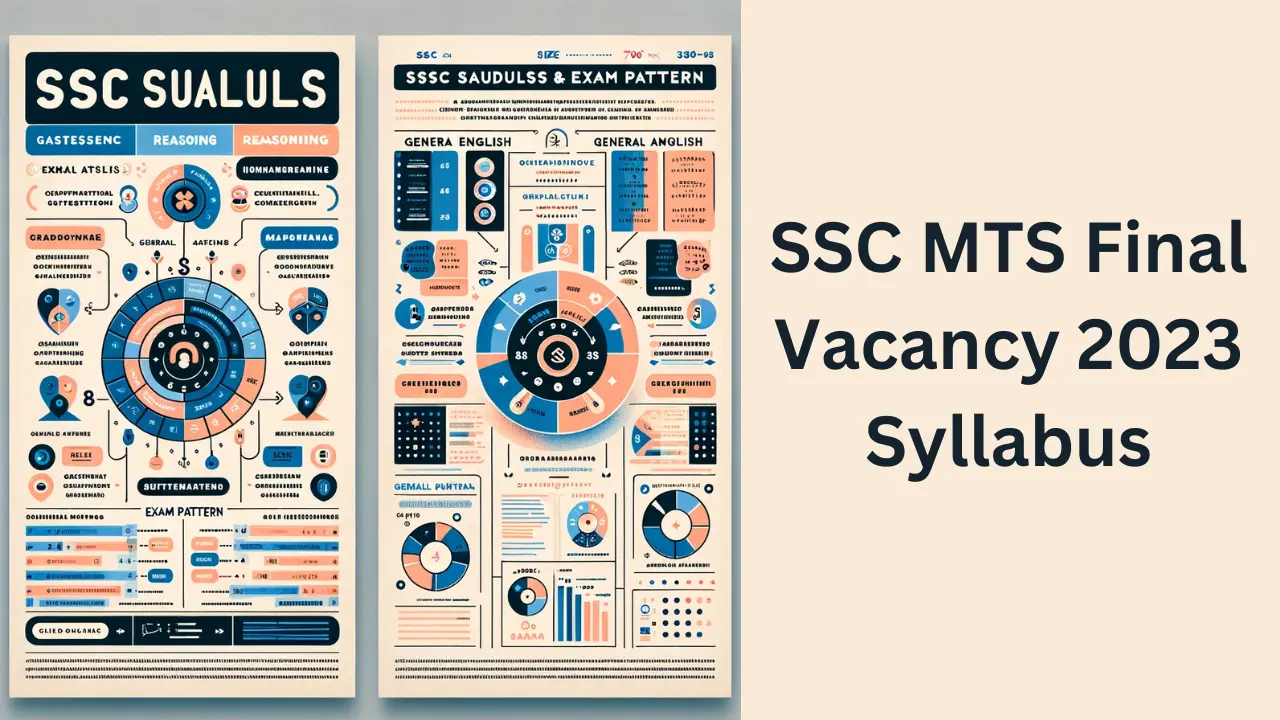The Joint Entrance Examination (JEE) Main is a watershed moment in the lives of engineering students in India. As we approach 2024, it is critical for students to be familiar with the new JEE syllabus in order to successfully plan their preparation. Everything you need to know about the JEE Main Mathematics Syllabus for 2024 is right here.
JEE Mains 2024 Mathematics Syllabus Overview
The National Testing Agency (NTA) has revealed the 2024 JEE Main Mathematics syllabus, which covers a wide range of topics from classes 11 and 12. Mathematics, due to its complexity and length, necessitates concentrated attention and a systematic approach.
The syllabus is intended to assess students’ analytical and problem solving abilities. It includes, but is not limited to, the units listed below:
Unit 1: Sets, Relations, And Functions
- Sets and their representation: Understanding union, intersection, and complement of sets along with their algebraic properties. Exploring the power set.
- Relations and Functions: Identifying different types of relations, understanding equivalence relations, and studying functions including one to one, onto, and composite functions.
Unit 2: Complex Numbers And Quadratic Equations
- Complex Numbers: Learning to represent complex numbers as ordered pairs of reals, their representation in a plane (Argand diagram), and their algebra.
- Quadratic Equations: Solving quadratic equations in both real and complex number systems. Understanding the relationship between roots and coefficients, and forming quadratic equations with given roots.
Unit 3: Matrices And Determinants
- Matrices: Delving into the algebra of matrices, understanding different types of matrices.
- Determinants: Learning to evaluate determinants of second and third order, using determinants to find the area of triangles, and understanding the adjoint and inverse of a matrix.
- Linear Equations: Applying matrices to solve systems of linear equations.
Unit 4: Permutations And Combinations
- Counting Principles: Understanding the fundamental principle of counting, permutations, and combinations, and applying these concepts to solve problems.
Unit 5: Binomial Theorem And Its Simple Applications
- Binomial Theorem: Exploring the theorem for positive integral indices, understanding the general and middle term, and applying the theorem to simple problems.
Unit 6: Sequence And Series
- Progressions: Studying arithmetic and geometric progressions, and the relationship between their means.
Unit 7: Limit, Continuity, And Differentiability
- Functions: Examining real valued functions and their algebra, including various types such as polynomial, rational, and trigonometric functions.
- Calculus: Understanding the concepts of limits, continuity, and differentiability, and learning to differentiate various functions.
Unit 8: Integral Calculus
- Integration: Learning to integrate basic functions, using methods like substitution and integration by parts, and applying trigonometric identities in integration.
- Definite Integrals: Understanding the fundamental theorem of calculus and using definite integrals to find areas under curves.
Unit 9: Differential Equations
- Basics: Studying ordinary differential equations, their order, and degree.
- Solutions: Learning methods to solve differential equations, including separation of variables and solving homogeneous and linear differential equations.
Unit 10: Coordinate Geometry
- Basics: Understanding the Cartesian coordinate system, distance, and section formulas.
- Lines and Circles: Studying various forms of line equations, circle equations, and properties of conic sections like parabolas, ellipses, and hyperbolas.
Unit 11: Three Dimensional Geometry
- 3D Coordinates: Learning to find coordinates, distances, and angles in three dimensional space, and understanding lines and planes in 3D.
Unit 12: Vector Algebra
- Vectors: Distinguishing between vectors and scalars, understanding vector addition, and scalar and vector products in two and three dimensions.
Unit 13: Statistics And Probability
- Statistics: Calculating measures of central tendency and dispersion like mean, median, mode, standard deviation, and variance.
- Probability: Understanding the probability of events, and using addition, multiplication, and Bayes’ theorem to solve probability problems.
Unit 14: Trigonometry
- Trigonometric Functions: Exploring trigonometric identities, functions, and inverse trigonometric functions and their properties.
Deleted Syllabus
Mathematical Induction, certain areas of Three Dimensional Geometry, and Mathematical Reasoning have also been eliminated from the course.
PDF Download
Preparation Tips
- NCERT Textbooks: These form the basis of the JEE Main syllabus and should be properly studied.
- Papers from Previous Years: Solving these can help you understand the exam pattern and frequently requested problems.
- Mock Tests: Mock tests should be used on a regular basis to assess your level of preparedness.
Conclusion
The 2024 JEE Main Mathematics syllabus combines intellectual comprehension with practical application. Aspirants are urged to follow the prescribed syllabus rigorously and supplement their study with the recommended preparation tactics.
Students can refer to the official JEE Main website for a complete syllabus or download the syllabus PDF from here.





